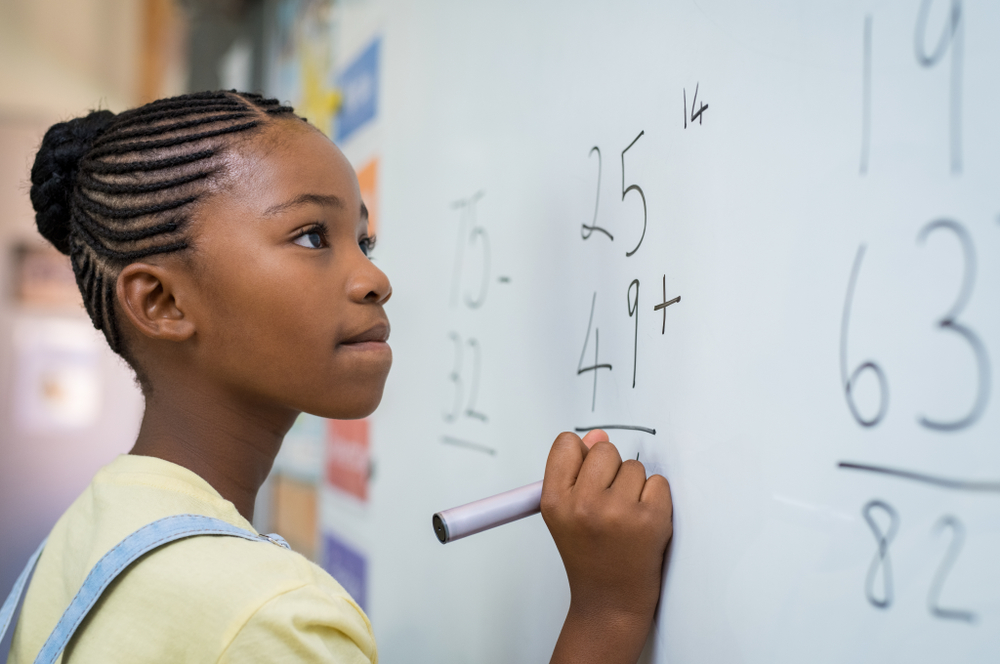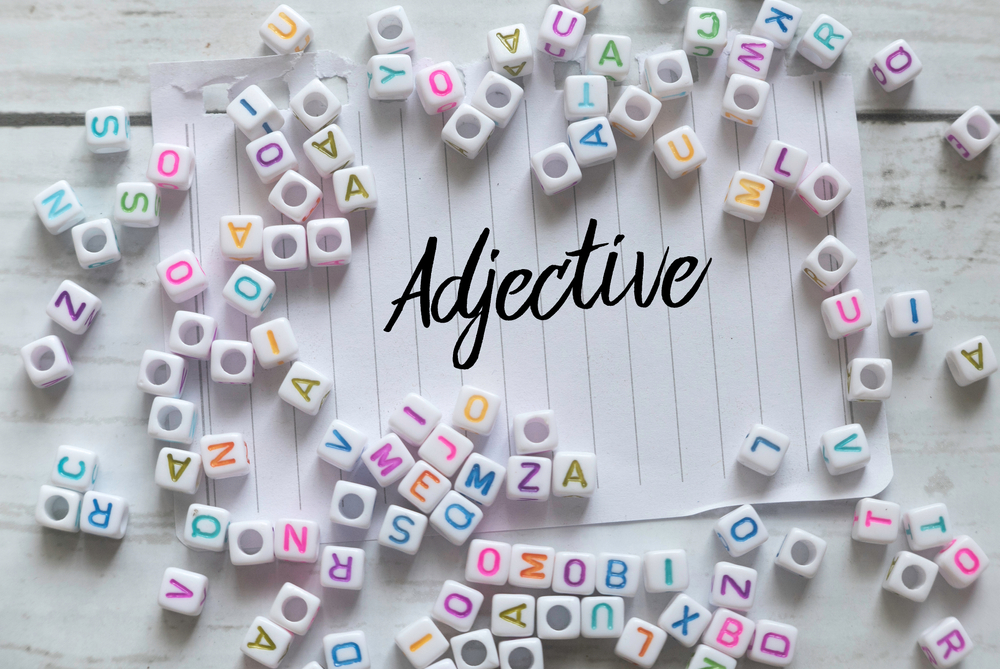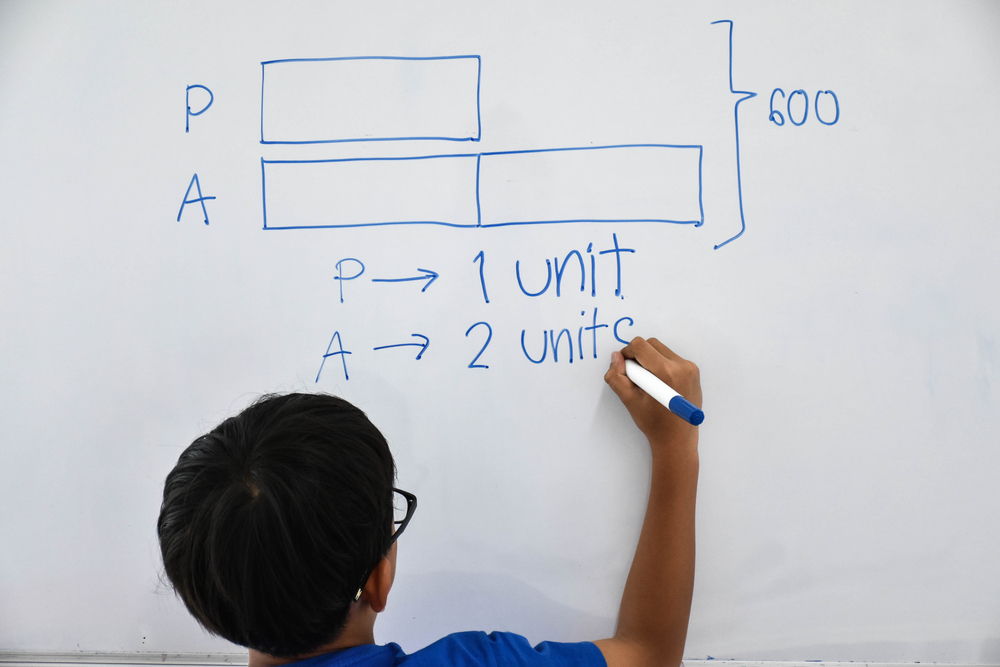Sound Association Normal Worksheets - Page 2
27 filtered results
-
From - To
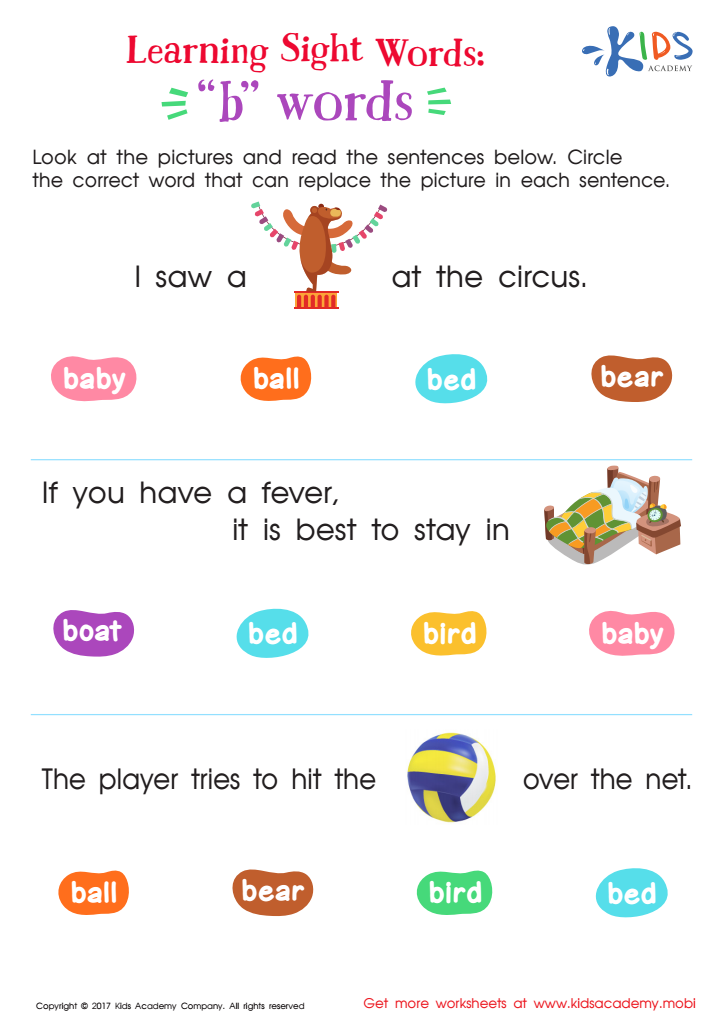

"B" Words Printable Sight Words Worksheet
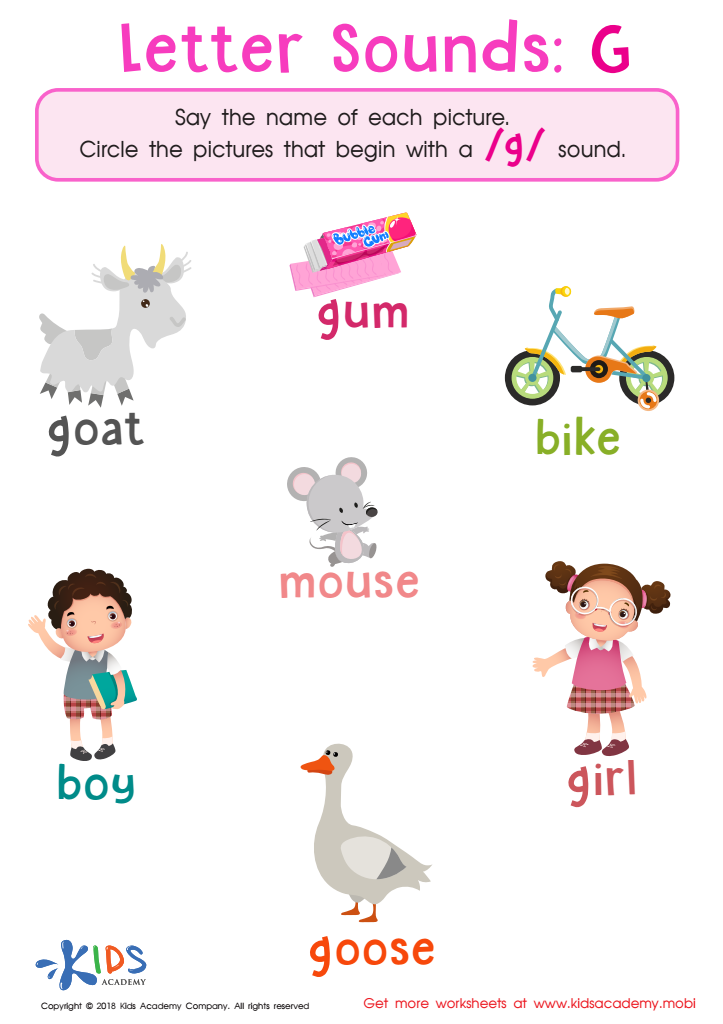

Letter G Sounds Worksheet
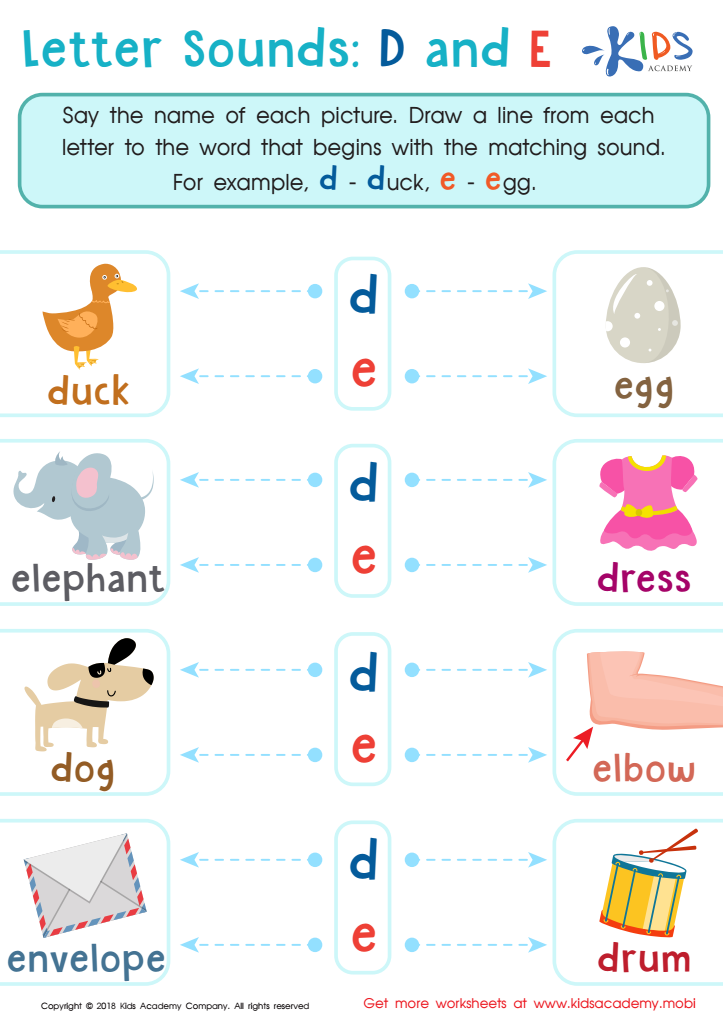

Letter D and E Sounds Worksheet
Sound Association Normal (SAN) is crucial for the development of early literacy skills in children. It refers to the ability to connect sounds with their corresponding letters and words, forming a foundational element for reading and writing. Parents and teachers should care about SAN as it directly impacts a child's educational journey and overall communication skills.
When children can effectively associate sounds with letters, they are more likely to decode words independently and comprehend texts. This skill enhances their confidence in reading aloud, allowing them to participate actively in learning experiences. Moreover, strong SAN abilities contribute to a child’s phonemic awareness, which is instrumental in spelling and vocabulary development.
Furthermore, understanding SAN can help educators tailor their teaching approaches. By recognizing the unique ways children learn sound associations, teachers can implement targeted activities to reinforce these connections. Parents can also support SAN at home through engaging reading sessions and phonics games. Consequently, fostering Sound Association Normal creates a solid foundation for literacy, fueling children's academic success and love for reading. Prioritizing SAN not only aids children in the classroom but also benefits them in their lifelong communication skills and self-expression.
 Assign to My Students
Assign to My Students


